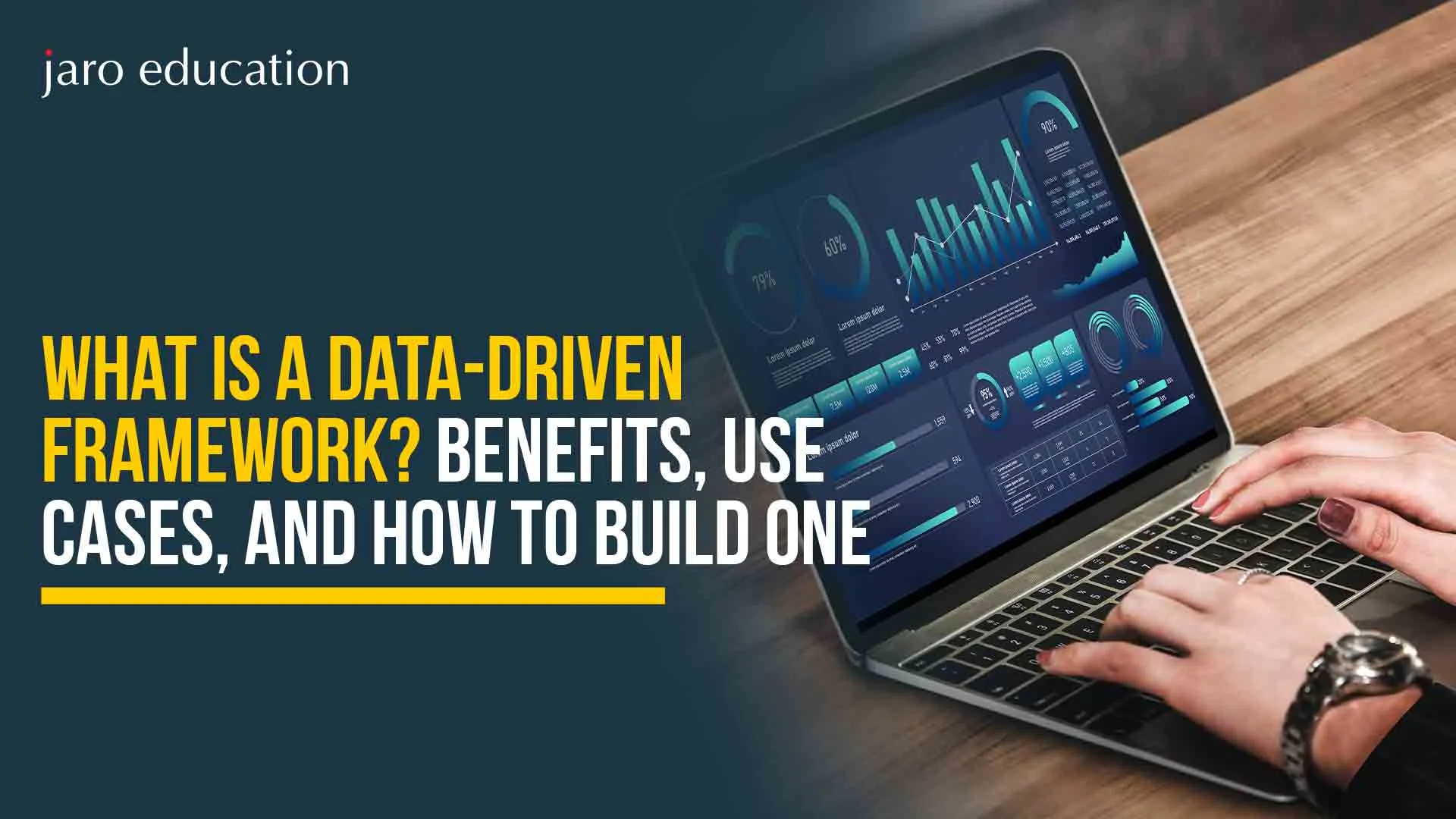
What is a Data-Driven Framework? Benefits, Use Cases, and How to Build One
In today’s digital-first landscape, organisations across industries are inundated with vast data. This data explosion demands smarter, more scalable, and more efficient ways of handling, interpreting, and acting upon information. Enter the data-driven framework—a structured, scalable, and systematic approach that leverages data to guide processes, decisions, and testing protocols. Whether in software engineering, business intelligence, or quality assurance, a data-driven framework has become a cornerstone of modern technological infrastructure.
But what is a data-driven framework? How is it used, what benefits does it bring, and how can businesses or development teams build one from the ground up?
This comprehensive guide will cover everything you need to know about the data-driven framework, including its definition, architecture, benefits, use cases, implementation strategies, and role in data-driven testing.
Table Of Content
What is a Data Driven Framework?
Key Components of a Data Driven Framework
Benefits of a Data Driven Framework
Understanding Data Driven Testing in the Context of Frameworks
Real-World Use Cases for a Data Driven Framework
Technologies Used in Building a Data-Driven Framework
How to Build a Data Driven Framework Step-by-Step?
Advanced Architecture for a Data Driven Framework
Common Pitfalls to Avoid When Building a Data-Driven Framework
Future of Data Driven Frameworks and Data Driven Testing
Conclusion
Frequently Asked Questions
What is a Data Driven Framework?
At its core, a data-driven framework is a system where data plays a central role in controlling the execution of tasks, processes, or workflows. In the context of software development and testing, it refers to a framework where test logic is separated from the test data, allowing the same test scripts to run multiple times with different sets of input values.
A data-driven framework typically consists of:
- Input data files (e.g., Excel, CSV, JSON, or XML)
- A mechanism for reading and processing this input
- Logic that performs tasks or tests based on the data
- Reporting tools that track performance, results, and exceptions
This separation of logic and data makes the data-driven framework highly reusable, scalable, and maintainable.
Key Components of a Data Driven Framework
Benefits of a Data Driven Framework
Understanding Data Driven Testing in the Context of Frameworks
Real-World Use Cases for a Data Driven Framework
Technologies Used in Building a Data-Driven Framework
Building a robust data-driven framework requires a combination of tools, programming languages, and methodologies. Common technologies include:
- Languages: Python, Java, JavaScript, C#, Ruby
- Test Automation Tools: Selenium, TestNG, JUnit, NUnit, Robot Framework
- Data Storage Formats: CSV, Excel, JSON, XML, SQL databases
- Utilities: Apache POI (for Excel), Pandas (Python), JSON.simple
- CI/CD Tools: Jenkins, CircleCI, GitHub Actions
- Reporting Libraries: Allure, Extent Reports, Log4j
Each technology contributes to the modularity, functionality, and flexibility of the data-driven framework.

*leapwork.com
How to Build a Data Driven Framework Step-by-Step?
Advanced Architecture for a Data Driven Framework
For large-scale enterprise systems, the data-driven framework evolves beyond simple scripts. Advanced architecture includes:
- Test Data Management (TDM): Integrating with databases to fetch real-time test data
- Environment Configuration: Using .env files or config services to handle credentials and URLs
- Parallel Execution: Running tests concurrently across multiple threads or containers
- CI/CD Integration: Automatically triggering data-driven testing on every commit or deployment
- Reporting Dashboards: Visualising pass/fail ratios, trends, and coverage metrics via tools like Grafana.
These upgrades make the data-driven framework not just functional but enterprise-grade.
Common Pitfalls to Avoid When Building a Data-Driven Framework
Future of Data Driven Frameworks and Data Driven Testing
Conclusion
A data-driven framework is more than just a set of scripts—it’s a strategy. It empowers teams to scale operations, reduce redundancy, increase automation reliability, and ensure comprehensive coverage through data-driven testing.
Whether you’re a QA professional, a DevOps engineer, or a business analyst, mastering the data-driven framework approach is essential for navigating the data-centric world we live in. From its modular design to real-world use cases, from benefits to future trends, this framework offers a competitive edge that organisations can’t afford to overlook.
By building your data-driven framework, adopting best practices, and avoiding common pitfalls, you’re laying the foundation for faster releases, higher quality software, and more data-informed decisions.
Frequently Asked Questions


